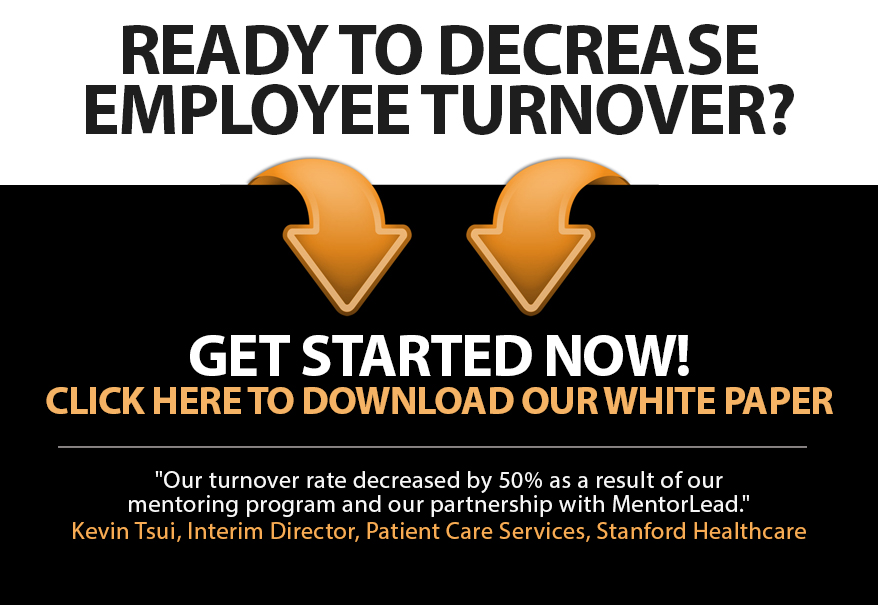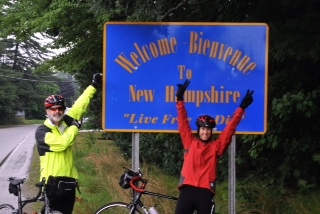
[Flash] Overcoming Fear by Riding Roller Coasters
I was with my nephew Parker when we discovered the Fahrenheit, a level 5 roller coaster with a 97-degree drop followed by 6 inversions.
We were at Hershey Park. And fear swiftly convinced me to skip this ride – there was no way…
But my intrepid, almost-12-year-old nephew never hesitated. He was determined to ride. So I agreed to stand in line with him, but that was it.
As we shuffled among the fearless, I quickly realized that I wanted to share this experience with Parker. I didn’t want to pass up the opportunity to be Cool Aunt Ann. I declared, “I’m going with you!” His face flooded with delight and awe.
The line was short – no time to ruminate or reconsider. Suddenly we were strapped into our seats and the coaster was ascending vertically – all I could see was blue sky. Fear could not protect me now!
And then we crested the top, plunging straight down, rolling right into upside down loops.
We laughed and screamed with joy! It was our favorite ride at the park. I can’t believe I almost missed it…
In psychology, there is a concept called Habituation: the more we face something that triggers an emotional response (like public speaking or talking to strangers), the more our emotional response diminishes.
Interestingly, the nervous system’s arousal actually decreases as we expose ourselves to the feared situation. Eventually we become accustomed to it – we habituate. And the fear loses its power over us.
Conversely, when we avoid that which causes us fear, we prevent our nervous system from habituating. So avoidance actually maintains and magnifies the fear!
While exposure is a proven way to overcome fear, I believe the real secret is to care about something more than the fear – like creating an experience with one of your favorite nephews!
![]()








